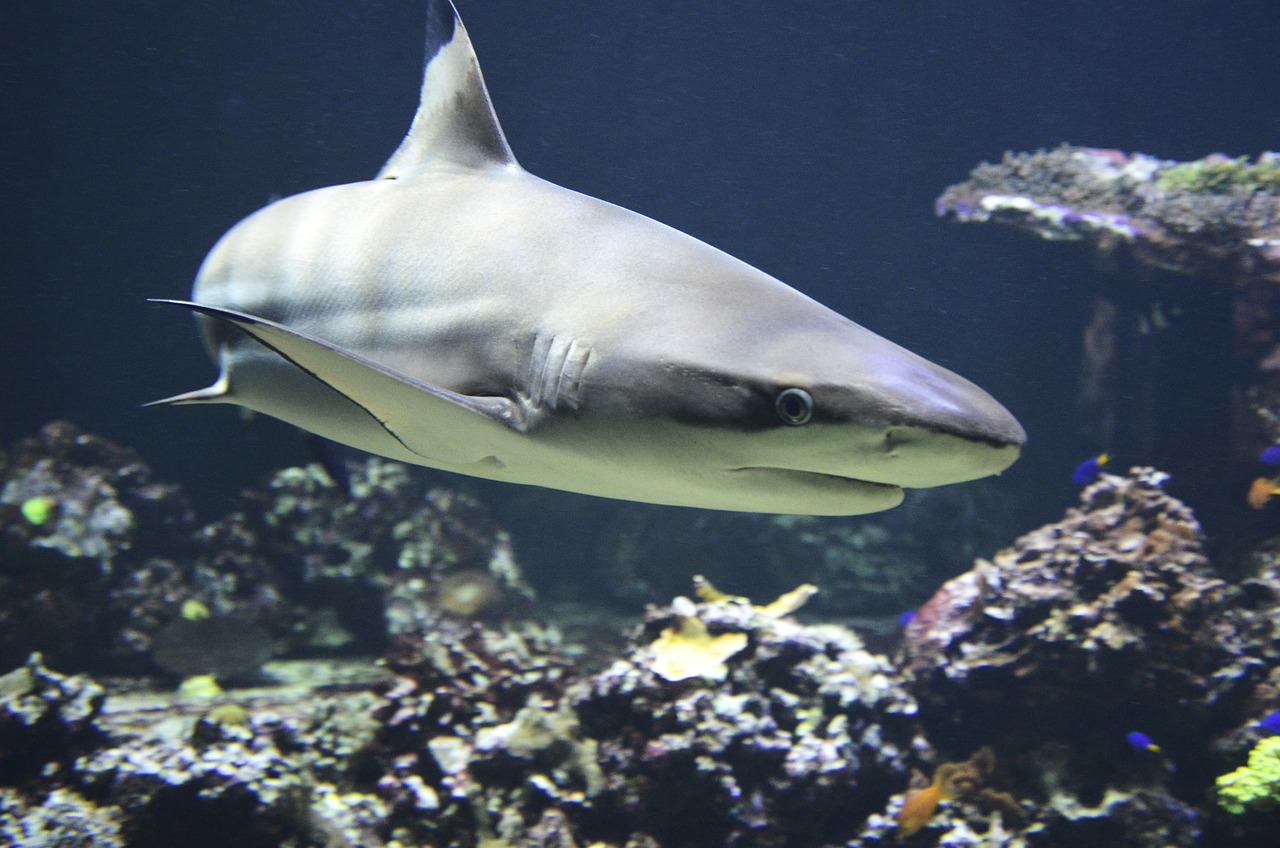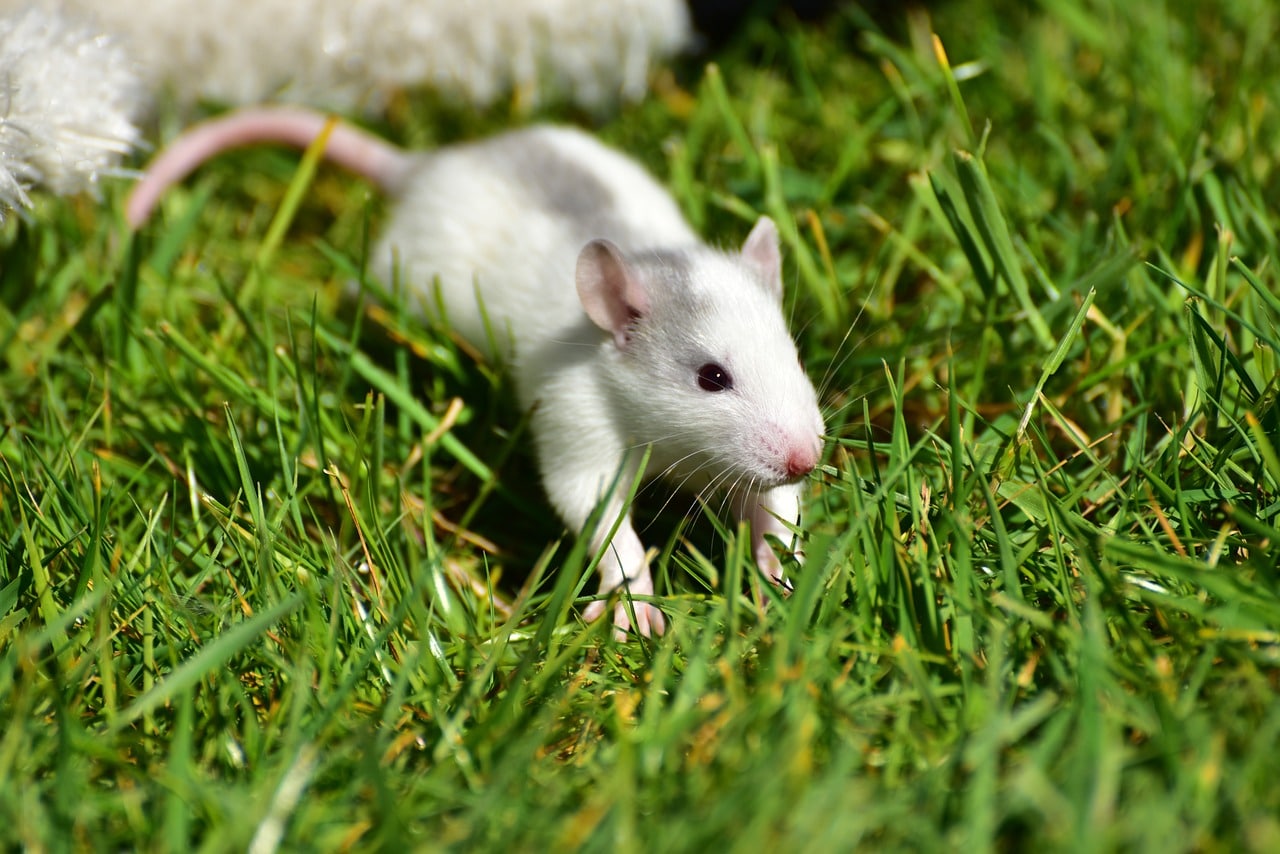 Shutterstock
Shutterstock
Some animals have an uncanny ability to sense danger long before humans can. Whether it’s an approaching storm, the rumble of an earthquake, or the presence of predators, these animals are equipped with extraordinary instincts that allow them to predict and respond to threats. Their ability to detect subtle environmental changes is a result of heightened senses, evolved behaviors, or both. Let’s take a closer look at some of the most fascinating animals with the ability to predict danger, often leaving us in awe of nature’s hidden powers.
Dogs
 Shutterstock
Shutterstock
Dogs are widely known for their ability to sense danger, and they are often the first to detect when something is wrong. Their keen sense of smell and hearing allows them to detect subtle changes in the environment, such as an oncoming storm or an earthquake. Dogs have been known to bark, whine, or hide in response to natural disasters before they occur, giving their owners a chance to take precautionary measures. Some studies suggest that dogs may be able to sense changes in the Earth’s magnetic field or the release of certain chemicals before a storm or disaster strikes, making them invaluable companions in times of uncertainty.
Elephants
 Shutterstock
Shutterstock
Elephants are known for their incredible memory and intelligence, but they also have a remarkable ability to predict natural disasters. They have been observed to exhibit unusual behavior before earthquakes and tsunamis, such as moving to higher ground or becoming agitated. Some researchers believe that elephants can detect subtle vibrations in the ground caused by seismic activity, allowing them to react long before humans can feel the tremors. Their heightened senses, including an acute sense of hearing and sensitivity to vibrations, help them sense danger from miles away, making them an incredible example of an animal that can predict danger.
Cats
 Shutterstock
Shutterstock
Much like dogs, cats are incredibly attuned to their surroundings and can often sense danger before it becomes apparent. Cats are known to be able to sense impending storms or earthquakes, often displaying restless or anxious behavior in the hours leading up to a natural disaster. Their sharp hearing and sensitivity to changes in the environment, such as shifts in air pressure or subtle vibrations, allow them to detect signs of danger that are imperceptible to humans. While cats’ behavior may seem mysterious, their ability to detect danger long before it happens is a testament to their heightened senses and survival instincts.
Birds
 Shutterstock
Shutterstock
Birds, especially migratory species, are known to have a remarkable ability to sense environmental changes and predict weather patterns. Many birds can detect changes in air pressure, wind patterns, and even electromagnetic fields, which can give them a heads-up about approaching storms or other dangers. For example, birds will often alter their flight patterns or fly to safer locations before a storm or natural disaster occurs. Some birds, such as crows and ravens, have also been known to display unusual behavior before earthquakes, possibly due to their ability to sense ground vibrations or changes in the Earth’s magnetic field.
Frogs
 Shutterstock
Shutterstock
Frogs have long been associated with predicting storms, and for good reason. Their sensitive skin and heightened sense of hearing make them highly attuned to changes in the weather. Before a storm, frogs are known to become more active and vocal, croaking loudly as they react to the changes in atmospheric pressure. In some cases, frogs have been observed to leave low-lying areas and seek higher ground in preparation for flooding caused by heavy rainfall. Their ability to sense changes in the weather makes them an important indicator species for environmental changes and can help forewarn of dangerous conditions.
Horses
 Shutterstock
Shutterstock
Horses have an incredible sense of awareness and can often sense danger before it arrives. Their heightened senses, including keen hearing and an acute sense of smell, allow them to detect changes in the environment that humans may miss. Horses are known to react to thunderstorms and other natural disasters by becoming restless or agitated. Some horse owners have reported that their animals become nervous or even attempt to flee long before a storm hits. This behavior is thought to be a result of their ability to sense changes in air pressure, electromagnetic fields, or even the vibrations of approaching storms.
Sharks
 Shutterstock
Shutterstock
Sharks are known for their ability to sense danger in their environment, particularly through their heightened sense of smell. They can detect minute quantities of chemicals in the water, including those released by injured or stressed animals. Sharks are often able to sense changes in the water’s composition and temperature, which allows them to predict the movements of prey or the presence of predators. Some species of sharks have been observed to change their behavior in response to shifts in ocean currents or changes in the environment, suggesting that they can predict potential threats with remarkable accuracy.
Snakes
 Shutterstock
Shutterstock
Snakes are known for their ability to sense vibrations in the ground, which allows them to detect approaching predators or prey. Some species of snakes can sense even the slightest tremors in the earth, which gives them an early warning about potential danger. Certain snakes, such as the rattlesnake, use specialized sensory organs called “Jacobsen’s organs” to detect chemical cues in the air. This ability helps them to anticipate the presence of other animals, including predators and prey, allowing them to react before they are directly threatened. Snakes’ heightened sensitivity to vibrations and chemicals makes them highly skilled at detecting danger.
Mice
 Shutterstock
Shutterstock
Mice are prey animals, which means they are constantly on the lookout for potential threats. Their survival depends on their ability to sense danger early, and they have developed an array of strategies to help them do so. Mice have an exceptional sense of hearing and can detect high-frequency sounds that are inaudible to humans. These sounds can include the movements of predators, such as owls or foxes, allowing the mice to take evasive action before they are in immediate danger. Their acute sense of smell also helps them detect changes in the environment that might indicate the presence of predators or other threats.
Bison
 Shutterstock
Shutterstock
Bison are known for their ability to sense approaching storms and other natural threats, often moving to higher ground or seeking shelter before the weather turns. Their heightened sense of smell and hearing allows them to detect changes in the atmosphere, including shifts in air pressure and the scent of rain. Bison have been observed to become restless and begin migrating toward safer areas before severe weather strikes. Their ability to predict danger is a vital survival tactic, allowing them to avoid potential hazards and ensure their continued survival in the wild.
Whales
 Shutterstock
Shutterstock
Whales are incredible navigators and are known to have an extraordinary ability to sense danger. They can detect changes in the environment, such as shifts in water temperature, pressure, and even sound frequencies. Some researchers believe that whales may be able to sense approaching underwater earthquakes or tsunamis, as they have been observed to alter their behavior and move to deeper waters before such events occur. Their complex communication system, including the use of echolocation, may also help them detect environmental changes that indicate danger, allowing them to take evasive action when necessary.
Ants
 Shutterstock
Shutterstock
Ants are highly organized social insects, and they have developed remarkable survival tactics as a group. Some species of ants are known to predict floods by sensing rising water levels, and they can take proactive steps to avoid danger. For example, certain species of ants will link their bodies together to form a floating raft that can carry the colony to higher ground. This behavior is a survival tactic that allows them to survive floods and other environmental threats. Ants’ ability to sense and respond to environmental changes is a testament to the power of collective survival strategies.
Rats
 Shutterstock
Shutterstock
Rats are often associated with survival in harsh environments, and their ability to sense danger is unparalleled. They have an acute sense of hearing and smell, which allows them to detect the presence of predators or other threats. Rats have been observed to react to environmental changes, such as changes in air pressure, that indicate an approaching storm or other danger. Their sensitivity to these changes allows them to take shelter or escape before the threat arrives, giving them a crucial survival advantage.
Goats
 Shutterstock
Shutterstock
Goats are highly attuned to environmental changes and can sense impending natural disasters. They have been observed behaving restlessly or moving to higher ground before earthquakes or floods, possibly due to their acute hearing and ability to sense subtle vibrations in the ground.
Dolphins
 Shutterstock
Shutterstock
Dolphins are remarkably sensitive to changes in water pressure, seismic activity, and shifts in the Earth’s magnetic field. They often exhibit erratic behavior, such as swimming in unusual patterns or leaving certain areas, prior to underwater earthquakes or tsunamis.
Cows
 Shutterstock
Shutterstock
Cows are known to lie down before storms or severe weather changes. Scientists speculate this behavior may be linked to their ability to detect atmospheric pressure shifts, helping them sense danger well before it arrives.
Bees
 Shutterstock
Shutterstock
Bees are incredibly sensitive to atmospheric changes and have been known to leave their hives en masse before earthquakes or severe weather events. Their heightened sensitivity to electromagnetic fields and vibrations helps them detect subtle environmental changes that signal danger.
Octopuses
 Shutterstock
Shutterstock
Octopuses are highly responsive to changes in their marine environment, including water temperature and pressure shifts. They have been observed abandoning their usual habitats before storms or underwater disturbances, suggesting an advanced sensitivity to potential threats.
Rabbits
 Shutterstock
Shutterstock
Rabbits possess highly developed hearing and a keen sense of smell, allowing them to detect predators or environmental changes from afar. They often freeze or flee to their burrows when they sense danger, sometimes hours before any visible threat appears.
Crabs
 Shutterstock
Shutterstock
Crabs, particularly species like fiddler crabs, have been known to alter their behavior before coastal storms. Their ability to detect barometric pressure changes and shifts in tidal patterns helps them move to safer areas ahead of time.
Turtles
 Shutterstock
Shutterstock
Sea turtles, particularly during their nesting season, have shown sensitivity to changes in ocean currents and weather patterns. Some studies suggest that they can sense seismic activity or major storms and alter their migration or nesting behavior in response.
The Weirdest Animal Superpower
 Shutterstock
Shutterstock
It turns out that animals have mastered the art of sensing danger with skills and tactics that humans can only dream of! Their remarkable ability to predict and respond to threats in advance is nothing short of extraordinary. Whether it’s a dog’s heightened senses, an elephant’s seismic sensitivity, or a rat’s nose for trouble, these creatures show us that nature is always one step ahead. Maybe we should start taking notes from these animals next time a storm is brewing! After all, who wouldn’t want a heads-up before danger strikes?
 Toledo, United States.
Toledo, United States.